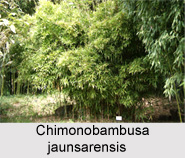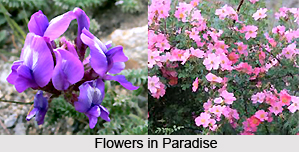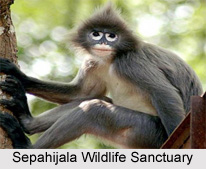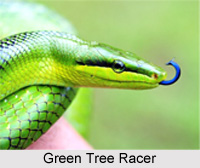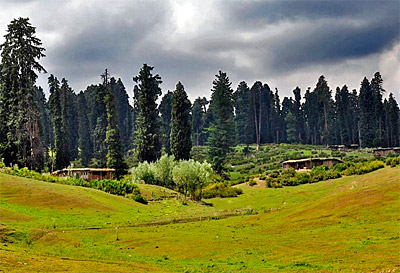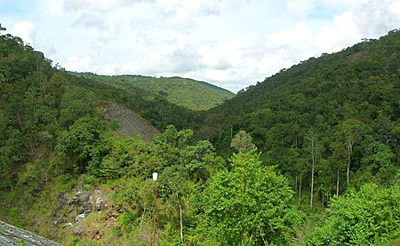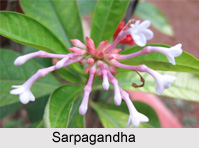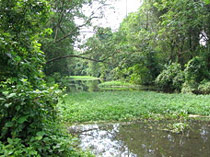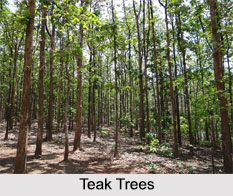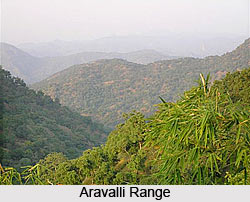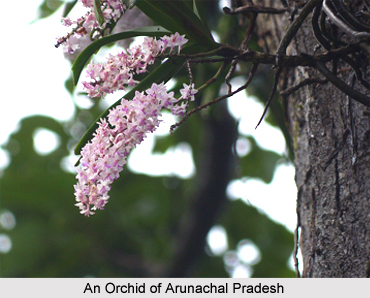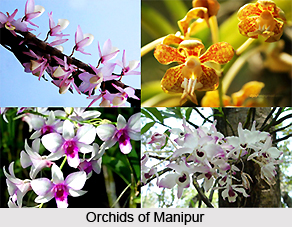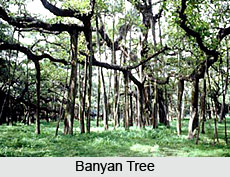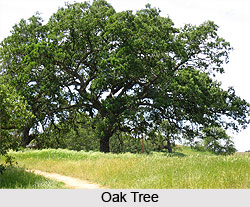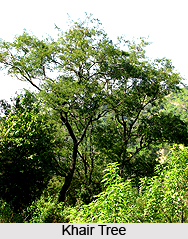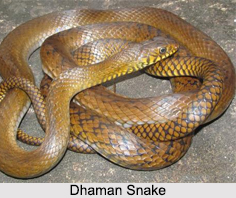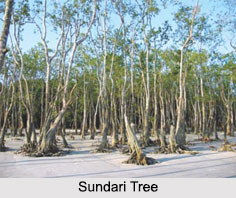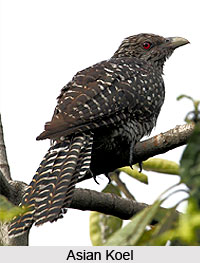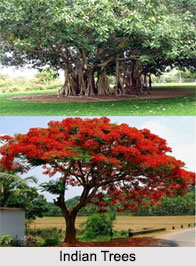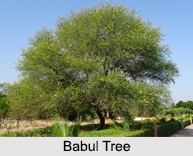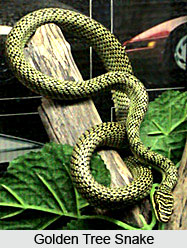 Local Names: Urdu` Kalajin; Singhalese Pol-mal-karawala.
Local Names: Urdu` Kalajin; Singhalese Pol-mal-karawala.
The golden tree snake(Chrysopelea ornata) is also known as flying snake. This is a harmless variety of snake that has a distinctive color and is very slender. Its lateral, sharp and keeled condition of the ventrals in association with its un-enlarged vertebral row of scales distinguishes this snake from other snakes. Its head is pear-shaped and appears to be strongly depressed. Its eyes are large with round pupils and neck is constricted. Its tail is about one-fourth its total length.
The ornata is black in color with narrow pale greenish yellow cross bars vertebrally and on sides. With age the green color increases.
There are two varieties of color in adults.
1 One variety is greenish yellow or pale green with each scale having a bald mesial or spot and more or less edged with black and with dark black crossbars at intervals. There are also a series of large, flower shaped, reddish orange vertebral spots present. Its head is black in color with yellow cross bars and spots.
2 The second variety lacks the vertebral spots and the black crossbars are not much evident.
The ornata is arboreal but is also seen in grass and on low bushes. It`s a brave and fierce snake but temperaments vary. It feeds on lizards and bats. It`s a swift climber that can move from branch to branch or up a perpendicular tree trunk with skill. It has great ability to spring horizontally and glide from a height to the ground or to another tree. After launching it straightens itself rigidly and hollows the belly between the ridges on the ventrals, thus producing a mechanical effect impeding the action of gravity, buoying up the body and retarding the speed of descent. It has a habit of clinging its head downwards with body in a wide `S` shape on the trunk of the tree preparatory to launch itself into a glide.
The female during the breeding season lays six to twelve elongate eggs. Hatchlings measure 114-152 mm (4Y2 to 6 in.) in length.
